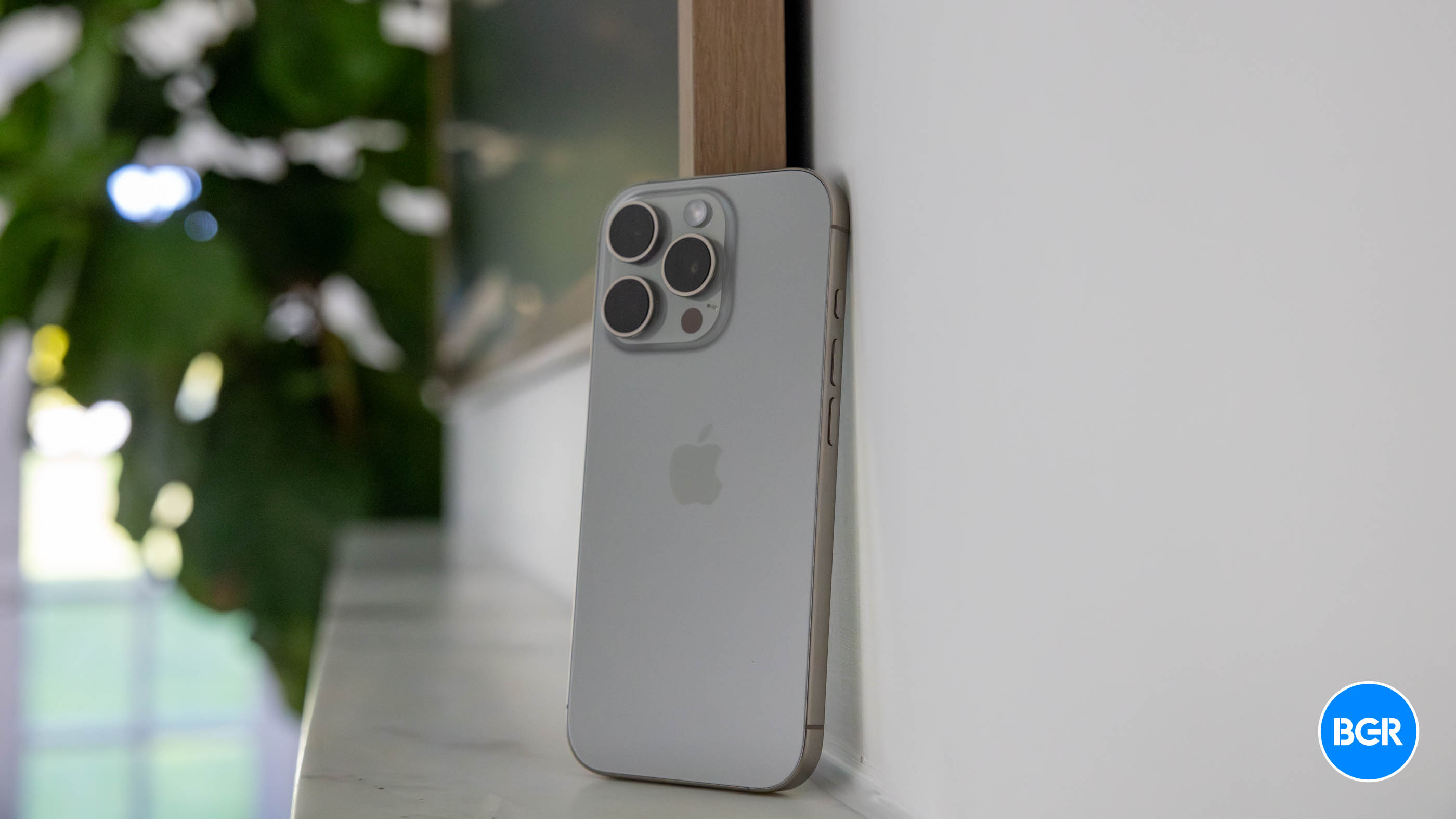Tech
Highlights: SpaceX launches Starship test flight 5 | CNN

SpaceX has always made a big deal about reusing rocket parts.
Landing boosters after flight is a feat that SpaceX has mastered with its smaller workhorse rocket, the Falcon 9.
In fact, Falcon 9 boosters have made soft touchdowns on seafaring platforms or ground pads after more than 330 launches — allowing those vehicles to be refurbished and flown again. SpaceX says that has driven down its costs, allowing the company to underprice the rest of the rocket market.
The Falcon 9 boosters land by relighting their engines after detaching from the second stage, or upper portion, of the rocket (which continues into space, carrying satellites or astronauts). The booster then steers itself back toward a platform at sea or on land.
Just before touchdown, the Falcon 9 fires up its engines again — essentially using that power as a braking system.
Starship, meanwhile, is a far more powerful and complex system than the Falcon 9.
With 33 engines at its base, each more powerful than one of the nine used on the Falcon, the Super Heavy booster packs roughly 10 times the amount of thrust at liftoff.
Rather than setting Super Heavy down on legs, it will be guided back to a massive tower with two “chopstick” arms that will attempt to catch the booster as it comes in for landing.









